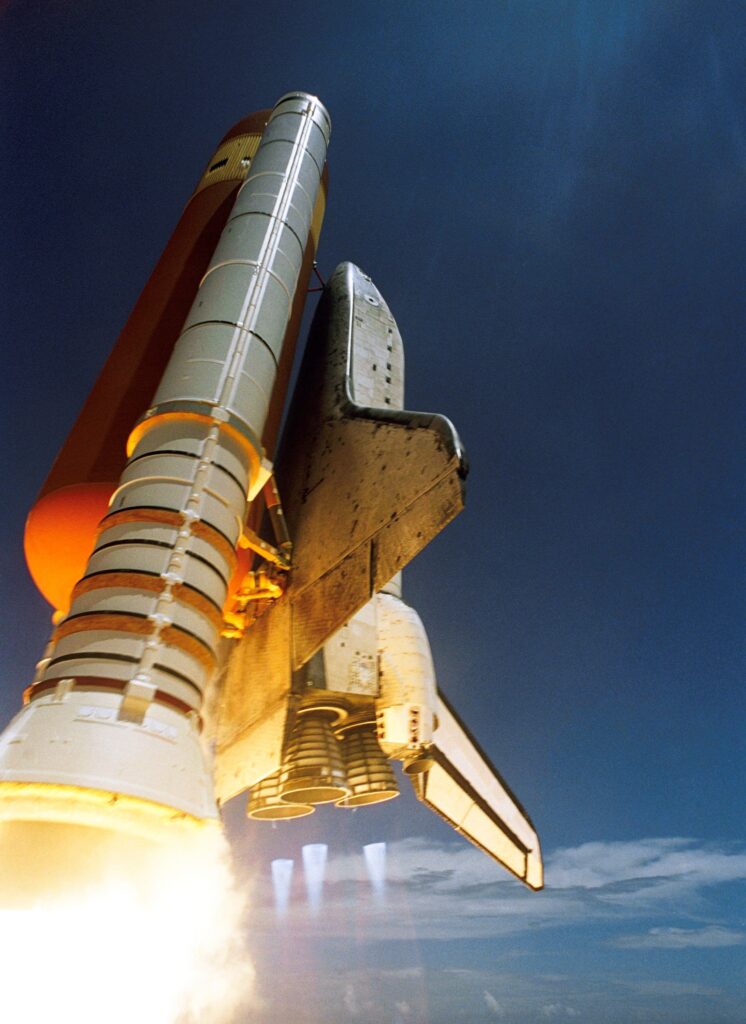It seems that there is a conspiracy against reusability, such as the mythical “conspiracy of oil workers against electric vehicles”. In reality, conditions are dictated by the economy.
The situation was best expressed by the head of the Ariane Group. Alain Charmeau, in an interview with the German edition of Spiegel Online:
Suppose we have a rocket that can be reused ten times – then we will build exactly one rocket per year. This makes no sense. I can’t say to my teams: “Bye everyone, we’ll continue working next year!”
That is the main obstacle in the path of reusability – the limited cargo traffic into orbit. After the end of the Cold War, the number of rocket launches in the world almost halved. All subsequent years did not exceed 100 launches. A significant part of these launches provided state manned, military, scientific programs. That do not enter the foreign market, although a certain proportion of government contracts also occupy the international market.
Looking forward…
The needs of the commercial market in the last 30 years only in 1997-1999 exceeded 30 rockets per year, and in recent years they have not exceeded 20 launches. With such a dynamic, one cannot count on a multiple increase in demand. That’s why SpaceX is implementing a global satellite Internet Project with thousands of satellites. It should increase the demand for rockets, including reusable ones. The same goals are pursued by the ideas of Elon Musk to carry tourists to the Moon on the Falcon Heavy, and to carry out intercontinental passenger traffic on the future BFR rocket.

That is, between the giants ULA, Arian Space and Roskosmos, who have powerful production potential and rich experience, and SpaceX’s inexperienced founder, Elon Musk, the difference is that the former leaders calculate their strategy based on current market conditions and market forecasts. Musk, on the other hand, does not look back at the present and past, he is inventing new applications on the go, which means new markets for his missiles. Such adventurism is unthinkable for former leaders.
Today, Elon Musk is no longer alone. On the heels of another billionaire Jeff Bezos, the richest man on earth, who is willing to invest a billion each year in his reusable rockets. In the same way, he does not look at the current state of the market. He already receives pre-orders for his still non-existent missiles for the launch of dozens of satellites of the OneWeb project.
OneWeb project is a competitor of a similar system from SpaceX. Somewhere nearby, Paul Allen, co-founder of Microsoft, is funding the creation of a “flying spaceport” in the Stratolaunch project, which also has no economic prospects at the current level of demand.
In June 2018, the Russian private space company S7 Space announced that it was ready to revive the Soviet NK-33 engines to create its own reusable rocket. The company owns the SeaLaunch platform for the sea-based launches, and in order to implement the reusability of the first stage, it will also need a landing platform. One can only imagine a picture of how a rocket starts from one offshore platform, and having flown several dozen kilometers upwards and several hundred in advance, the first step returns to Earth and gently sits on the landing platform offshore. While this is only a dream, but technically feasible.
Having solved technical and organizational issues, S7 Space should also solve economic issues. Earlier it was reported that four start-ups per year would be enough for S7 Space to become profitable. This is an attainable figure, taking into account the chosen business model and the current demand in the domestic and foreign markets. However, this was before the investment in rocket production. After entering the rocket business, the company will have to incur much more expenses and either take the path of ArianeSpace and ULA, rely on government contracts, or become an adventurer like Musk and Bezos, and hope for the flourishing of new space exploration.

